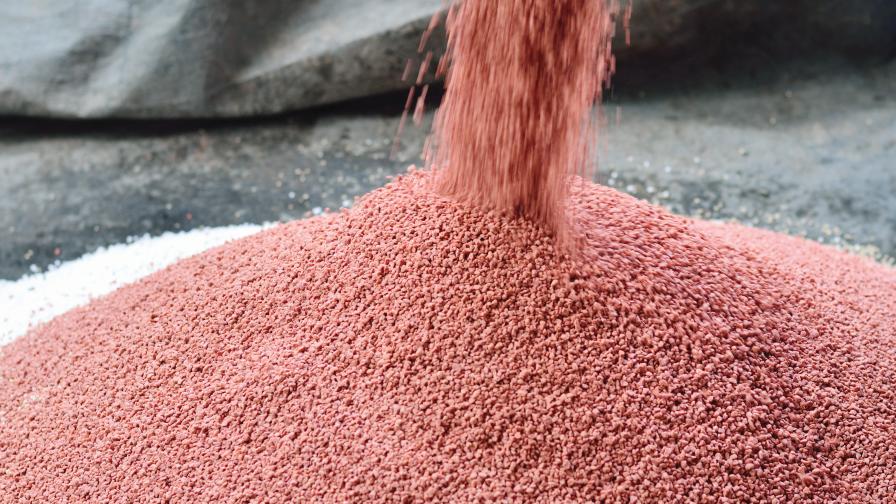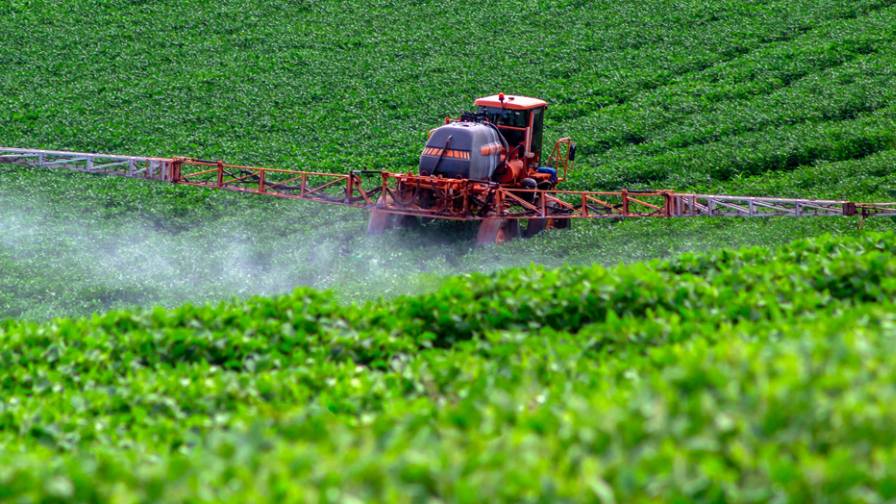CPDA’s Terry Kippley Gives Update on ESA, American Relief Act and Collaboration As the New Currency
As the ag industry navigates regulatory changes and evolving technologies, the Council of Producers & Distributors of Agrotechnology (CPDA) is taking a proactive, solutions-focused approach. AgriBusiness Global recently spoke with CPDA President and CEO Terry Kippley about the role of drift reduction adjuvants under new ESA rules, recent funding efforts, and what to expect at the upcoming Adjuvants, Inerts & Crop Protection Conference — including insights on drones, biologicals, and policy advocacy.
ABG: CPDA has been proactive in addressing regulatory challenges. Could you elaborate on the organization’s recent efforts to position adjuvants as a solution for new ESA regulations?
Terry Kippley: For the past two years, CPDA’s team of spray drift experts has been working with the EPA’s Environmental Fate and Effects Division (EFED) to supply data supporting the effectiveness of drift reduction adjuvants (DRAs). These efforts have led to including DRAs as a mitigation option within herbicide strategies. CPDA continues to collaborate with EFED to incorporate DRAs into insecticide and fungicide strategies.
This is significant because DRAs — at just $2 or $3 per acre — can offer growers a practical solution to reduce or even eliminate no-spray buffers required under ESA pesticide regulations. These buffers can be extensive — up to 92 rows of corn in some scenarios — so providing growers with this “easy button” is critical.
ABG: In December 2024, CPDA, alongside other industry leaders, urged Congress to support farmers in the year-end funding bill. Given the recent government spending cuts, how does this initiative look now?
TK: At the end of 2024, Congress passed the American Relief Act, which included $31 billion in one-time aid for agriculture. Of that, $21 billion compensates farmers and ranchers for disasters in 2023 and 2024, $10 billion supports economically struggling producers, and $2.5 billion is allocated for USDA-administered programs.
On May 18, Secretary Brooke Rollins announced that $10 billion in economic assistance would be quickly released. CPDA and other farm groups are urging the USDA to expedite the disbursement of the remaining funds to support farmers during this challenging time.
ABG: With the CPDA Adjuvants, Inerts & Crop Protection Conference approaching on May 5–7, 2025, what key topics and challenges will be addressed?
TK: This year’s conference theme, Agriculture: Stronger Than the Storm, reflects the resilience required to overcome recent challenges such as extreme weather events, depressed commodity prices, global tariffs, and rising input costs. We’re expecting around 250 attendees representing more than 100 companies, spanning the full spectrum of the crop protection industry — from adjuvants and inerts to distribution and retail.
Key topics on the agenda include updates on the Endangered Species Act (ESA) and mitigation strategies; insights into China’s pesticide market and how it impacts global supply chains; the effects of U.S. tariffs on active ingredient pricing and availability; the growing importance of biologicals as an emerging product category; and advancements in drone application technology.
The speaker lineup features industry leaders such as David Li, who will provide updates on active ingredient pricing from Beijing, and Jim DeLisi, a recognized expert on tariffs and trade policy.
CropLife Media Group Editor Lara Sowinski will join us in leading a very important panel on ESA outreach and education. For those unfamiliar with the coming ESA pesticide restrictions, this is a must-attend portion of our conference.
We’re also honored to welcome Sara Wyant, founder of Agri-Pulse, to serve as our keynote speaker where she will reflect on her many years of covering agriculture’s biggest stories. She will also give us her reactions to President Trump’s first 100 days in office.
Sara will also moderate our Executive Leadership Panel entitled: Top Grower Issues, 2025 and Beyond, featuring:
- Cathy Burns, President and CEO of the International Fresh Produce Association, who will focus on trade, immigration and the MAHA initiative;
- Peter Bachmann, President & CEO of the USA Rice Federation, will give us his unique insights on the Farm Bill;
- Mike Joyner, President & CEO of the Florida Fruit and Vegetable Association, who will provide a state perspective on ESA, farm labor, water and immigration; and
- Christy Seyfert, President & CEO of the Farm Credit Council, has an ideal perch to see and understand today’s farm economy.
I have absolute confidence that Sara will be able to pull out of this esteemed panel even more information on other key issues like tariffs, taxes, regulatory reform, and President Trump’s cabinet.
ABG: As the agricultural industry navigates changes under the EPA’s new workplan, how is CPDA guiding its members through these regulatory shifts?
TK: CPDA is taking a proactive role — not just guiding members through the regulatory changes but helping shape them. Over the past three years, CPDA has held meetings with EPA’s Office of Pesticide Programs (OPP) to discuss process improvements under the Pesticide Registration Improvement Act (PRIA).
We’ve also made progress with OPP working on non-PRIA regulatory submissions. Sometimes these submission are overshadowed by PRIA actions, but the non-PRIA backlog is having significant effects on our generic members and must be addressed simultaneously.
Given OPP’s underfunding, CPDA works with staff to improve efficiency and maintain predictable regulatory timelines. This predictability is crucial for business planning and ensuring growers receive the crop protection tools they need when they need them.
Additionally, CPDA, alongside CropLife America and the Ag Retailers Association, released a new ESA Workplan Resource — a decision tree to help farmers and retailers navigate label changes and determine where DRAs can reduce or eliminate buffer requirements.
ABG: Considering the rapid advancements in drones, what trends is CPDA seeing among its members regarding drone formulation?
TK: Drone technology is a key focus area for CPDA, and it will be addressed in-depth at the upcoming conference. Dr. Stephen Lee from Auburn University will provide updates on U.S. advancements, along with speakers sharing insights from China and Australia.
Drones are increasingly viewed as vital tools in the precision ag toolbox, especially for targeted application and drift control. The industry is evolving quickly, and CPDA is working to ensure its members are informed and engaged in these developments.
ABG: What excites you most about CPDA’s upcoming conference?
TK: We’re thrilled to have Sara Wyant leading our executive panel featuring farm group presidents and CEOs, and to dive deep into the MAHA initiative recently signed by President Trump. This initiative has sparked concern due to proposed stances on pesticides and GMOs that could affect innovation.
Our goal is to communicate the importance and safety of crop protection tools and how they are essential to maintaining a safe, healthy, and affordable food supply.
Ultimately, CPDA’s annual theme says it all: Collaboration is the new currency. We’re committed to working across the industry to address challenges head-on and provide practical, science-based solutions that benefit growers, manufacturers, and consumers alike.






